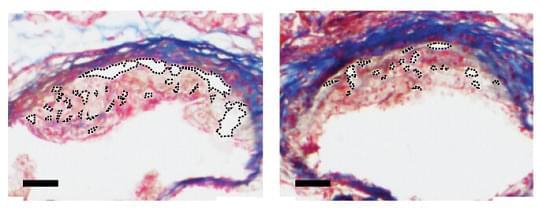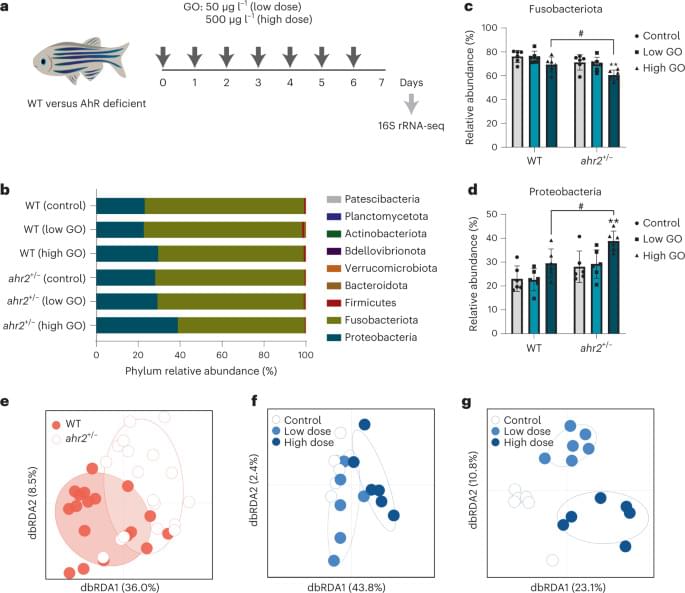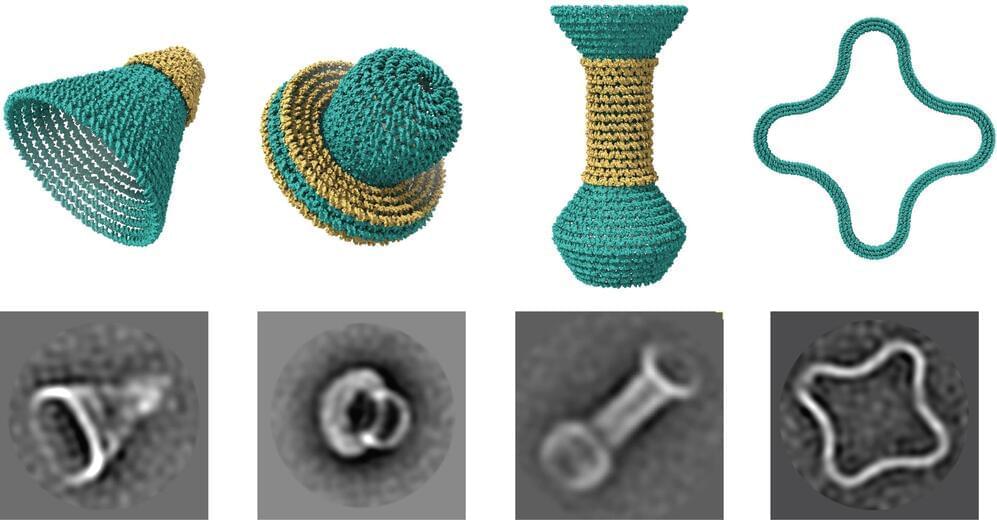Using specialized nanoparticles embedded in plant leaves, MIT engineers have created a light-emitting plant that can be charged by an LED.


Seminar summary: https://foresight.org/summary/career-counseling-with-sonia-arrison/
Join us:
► Twitter: https://twitter.com/foresightinst.
► Facebook: https://www.facebook.com/foresightinst.
► Instagram: https://www.instagram.com/existentialhope/
► LinkedIn: https://www.linkedin.com/company/foresight-institute.
If you enjoy what we do please support us via Patreon: https://www.patreon.com/foresightinstitute.
If you’re interested in joining these meetings consider donating through our donation page: https://foresight.org/donate/
Foresight Institute advances technologies for the long-term future of life, focusing on molecular machine nanotechnology, biotechnology, and computer science.
Subscribe for videos concerning our programs on Molecular Machines, Biotechnology & Health Extension, Intelligent Cooperation, Neurotech, Space, and Existential Hope.

Atherosclerosis is a cardiac-based disease where plaque builds up inside the body’s arteries, the blood vessels responsible for carrying oxygen-rich blood to the heart and other organs of the body. Plaque is made up of immune blood cells, known as macrophages, fat, cholesterol, calcium, and other substances found in the blood.
As this plaque hardens it narrows the arteries, limiting the flow of oxygen-rich blood around the body. This, in turn, can lead to serious problems, including heart attack, stroke, or even death.
Now, a study from researchers led by Michigan State University engineers a nanoparticle capable of eating away, from the inside out, heart attack causing plaques. The team states their nanoparticle reduces and stabilizes plaque, providing a potential treatment for atherosclerosis, a leading cause of death in the United States. The study is published in the journal Nature Nanotechnology.
A research team from the University of Valencia’s ICMool (Institute of Molecular Science) came up with a platform that is open, interactive, and capable of bringing together and offering around 20,000 different data. Such data is connected to molecular nanomagnet chemical design in the specific area of magnetic memories.
SIMDAVIS Platform
According to Nanowerk, such a device is called SIMDAVIS. The application results from manual research tracking efforts released by the scientific community for more than 16 years.

Although the toxicity of graphene‐based nanomaterials on human health has been extensively studied, their impact on the microbiome remains poorly understood. Using zebrafish as a model, we show that graphene oxide modulates the immune system in a microbiome‐dependent manner through a mechanism mediated by the aryl hydrocarbon receptor. The study suggests an interplay among graphene‐based nanomaterials, microbiome and innate immune system.

Researchers have finally succeeded in building a long-sought nanoparticle structure, opening the door to new materials with special properties.
Alex Travesset does not have a sparkling research lab stocked with the most cutting-edge instruments for probing new nanomaterials and measuring their unique properties.
Instead of using traditional laboratory instruments, Alex Travesset, a professor of physics and astronomy at Iowa State University and an affiliate of the U.S. Department of Energy’s Ames National Laboratory, relies on computer models, equations, and figures to understand the behavior of new nanomaterials.

Researchers at Vienna University of Technology have discovered why sometimes spectacular micro-explosions occur and other times ultra-thin layers of material remain almost intact when charged particles are shot through them.
It may seem like magic that some materials can withstand being shot through with fast, electrically charged ions without exhibiting holes afterward. This phenomenon, which would be impossible at the macroscopic level, becomes possible at the level of individual particles. However, not all materials exhibit this behavior. In recent years, various research groups have conducted experiments with varying results.
Vienna University of Technology researchers have been able to provide a detailed explanation for why some materials are perforated while others are not. This is of particular interest in the processing of thin membranes, which are designed to have tailor-made nano-pores that can trap, hold, or allow specific atoms or molecules to pass through.

“This shows that we must factor the gut microbiome into our understanding of how nanomaterials affect the immune system,” said the paper’s corresponding author Bengt Fadeel, professor at the Institute of Environmental Medicine, Karolinska Institutet. “Our results are important for identifying the potential adverse effects of nanomaterial and mitigating or preventing such effects in new materials.”
ALSO READ: Researchers reveal tomatoes’ health benefits to gut microbes
Graphene is an extremely thin material, a million times thinner than a human hair. It comprises a single layer of carbon atoms and is stronger than steel yet flexible, transparent, and electrically conductive. This makes it extremely useful in a multitude of applications, including in “smart” textiles equipped with wearable electronics and as a component of composite materials, to enhance the strength and conductivity of existing materials.

Marvel at the tiny nanoscale structures emerging from research labs at Duke University and Arizona State University, and it’s easy to imagine you’re browsing a catalog of the world’s smallest pottery.
A new paper reveals some of the teams’ creations: itty-bitty vases, bowls, and hollow spheres, one hidden inside the other, like housewares for a Russian nesting doll.
But instead of making them from wood or clay, the researchers designed these objects out of threadlike molecules of DNA, bent and folded into complex three-dimensional objects with nanometer precision.

Do we live in a matrix? Is our universe a metaverse in the next universe up? What is the code of reality? Is this a simulated multiverse? Can we cheat death and live indefinitely long? These are some of the questions we discuss in this recent talk.
#CyberneticTheory #CyberneticSingularity #DigitalPhysics #CodeofReality #CyberneticTheoryofMind #EvolutionaryCybernetics #consciousness #PhilosophyofMind #OmegaPointCosmology #PhysicsofTime #SimulationTheory #GlobalMind #SyntellectHypothesis #AGI #VR #Metaverse #TechnologicalSingularity #Transhumanism #Posthumanism #CyberneticImmortality #SyntheticTelepathy #MindUploading #neurotechnology #biotechnology #nanotechnology #FermiParadox #DarkMatter #DarkEnergy #cybergods #cybernetics